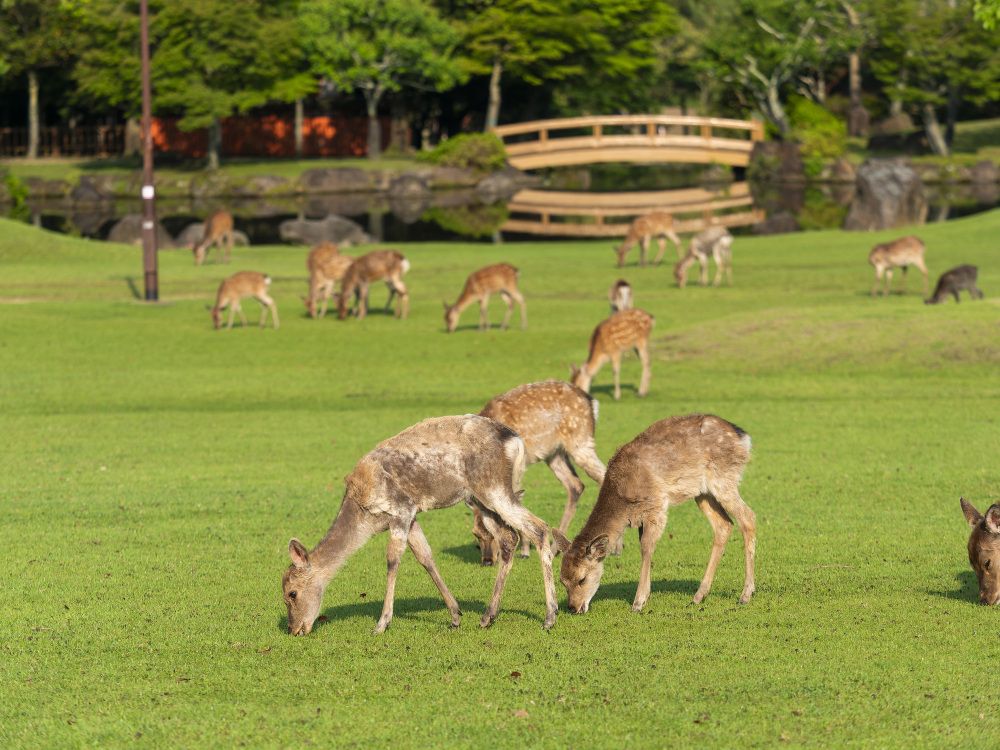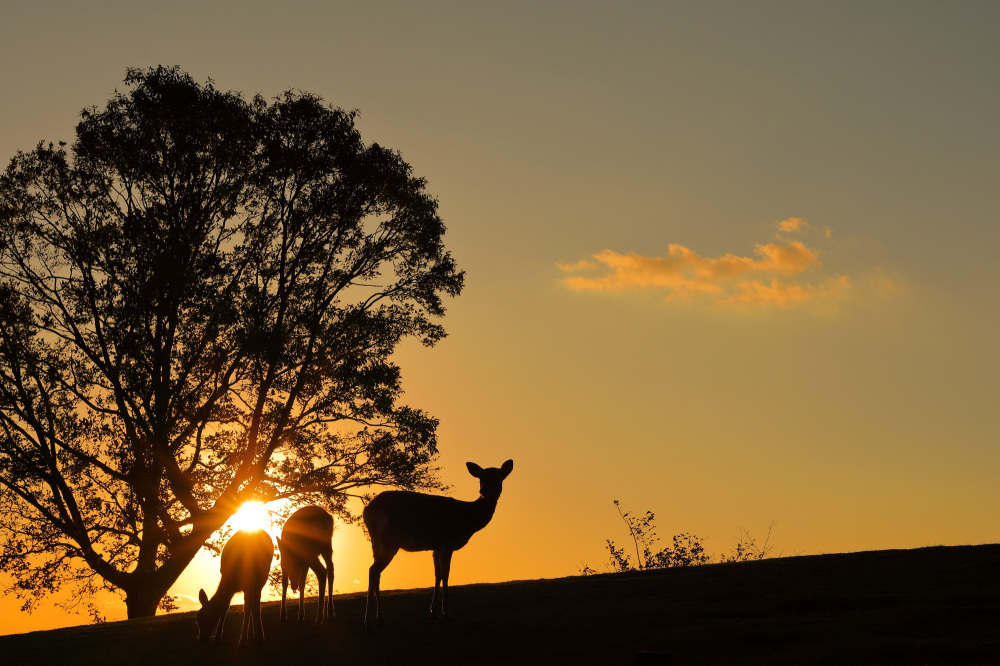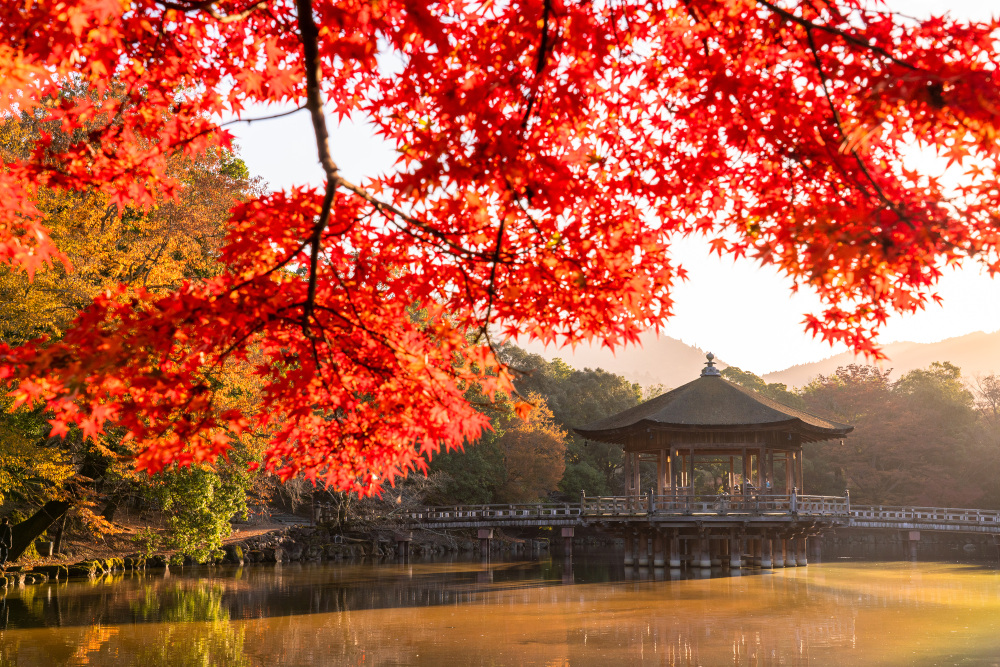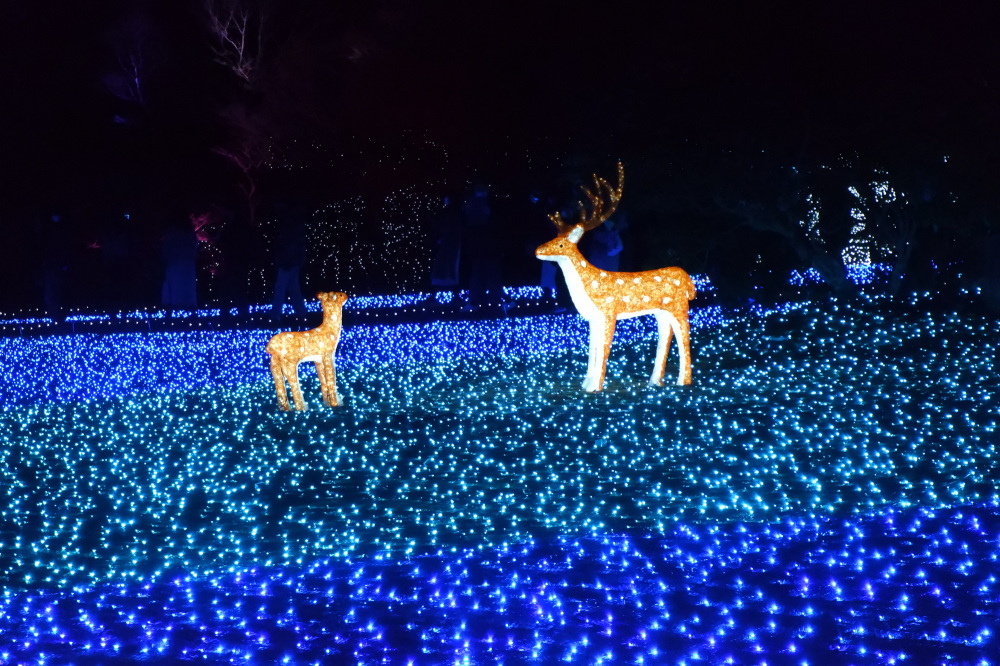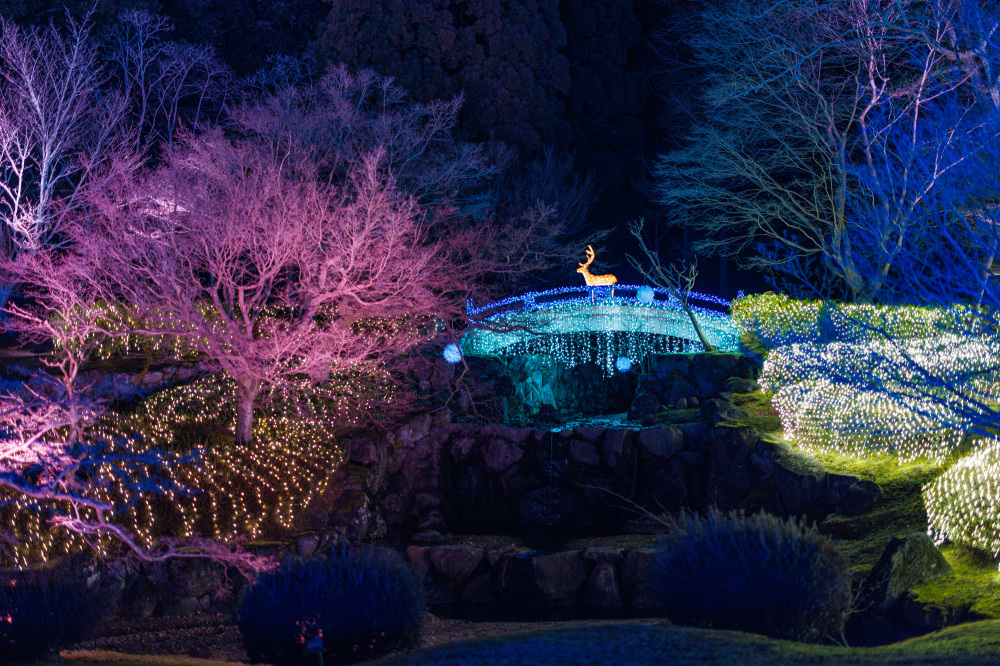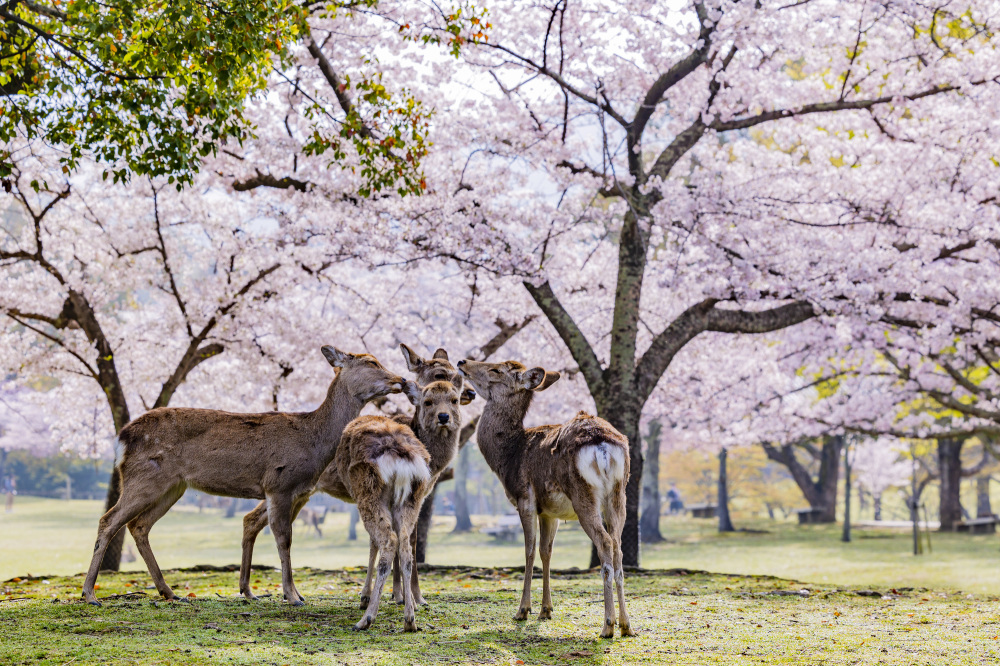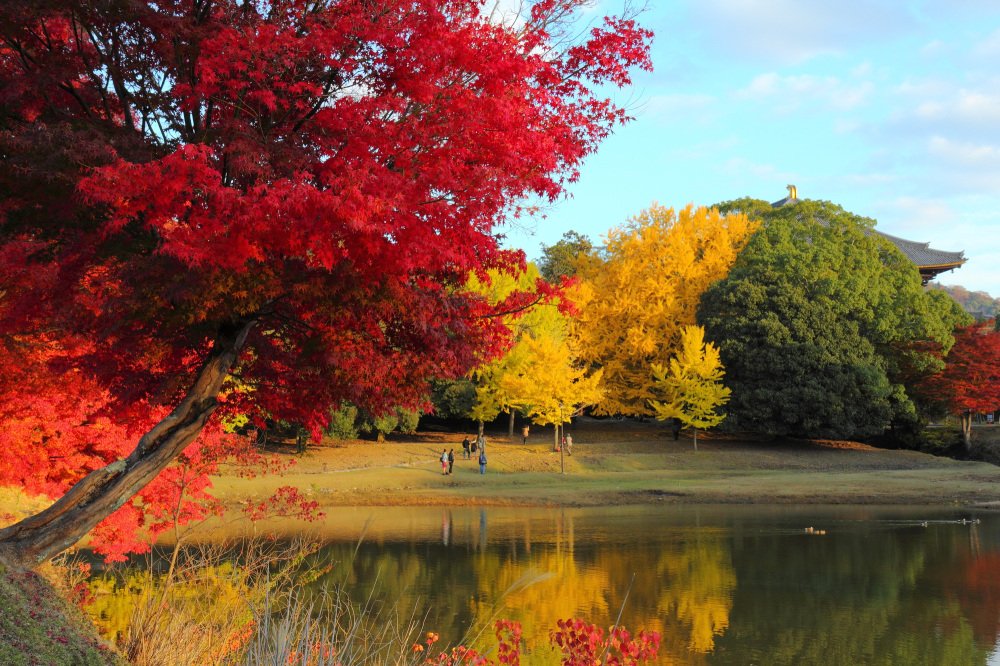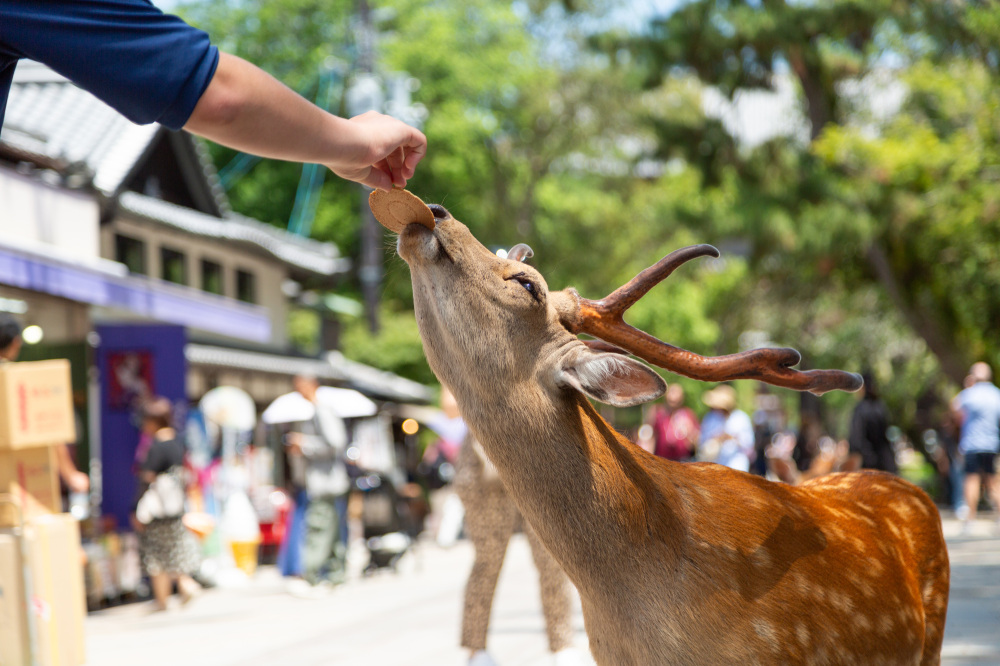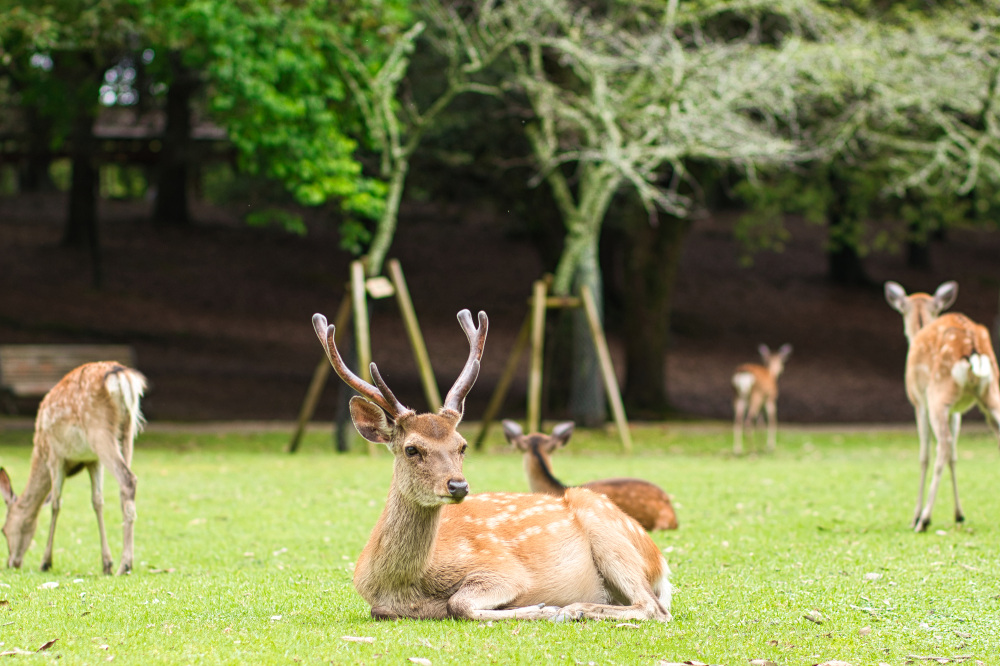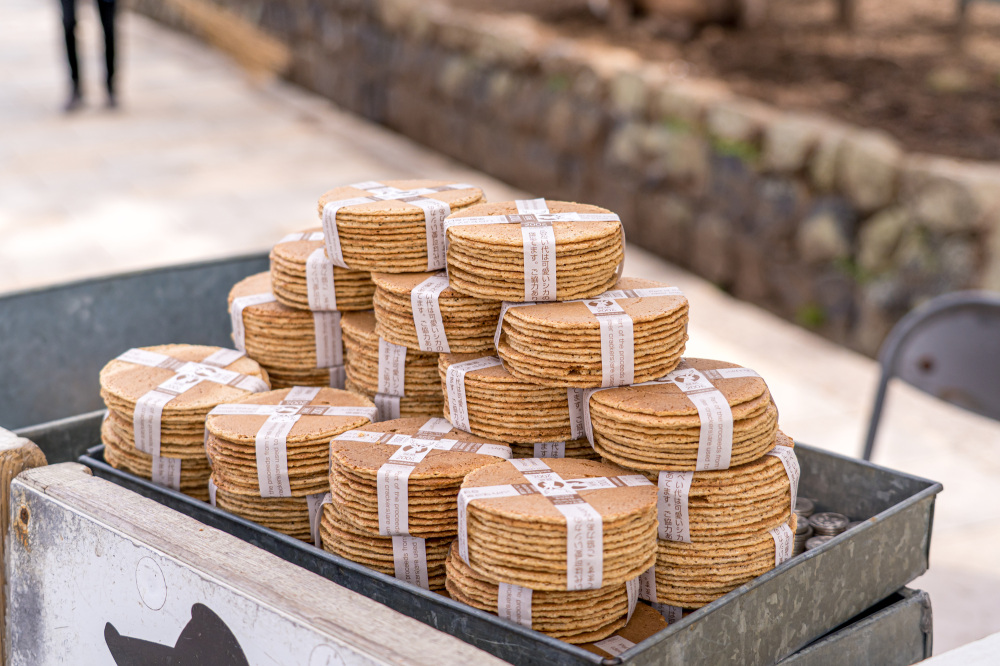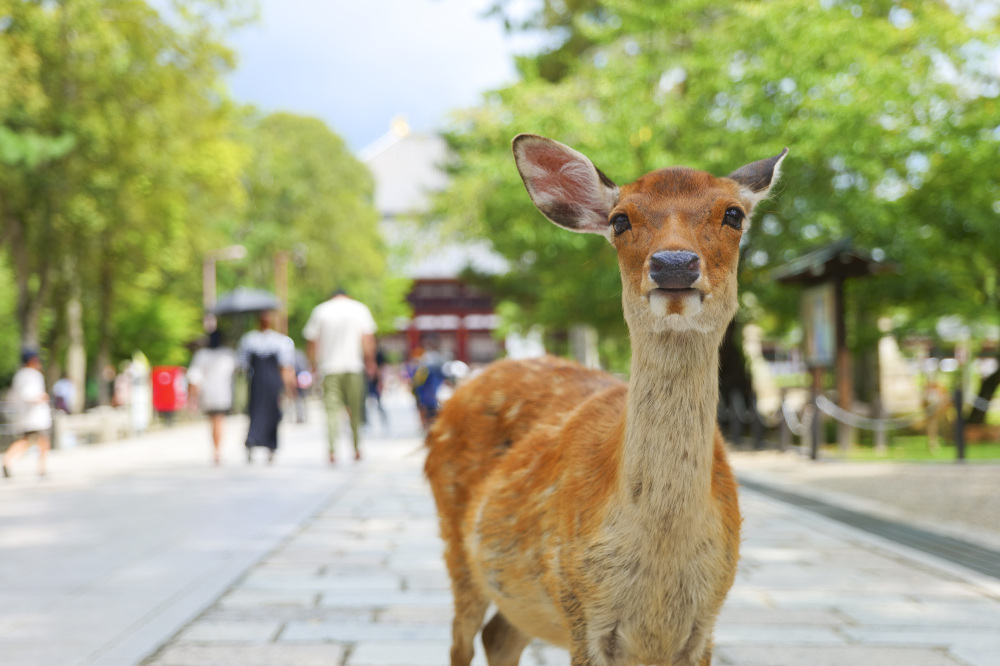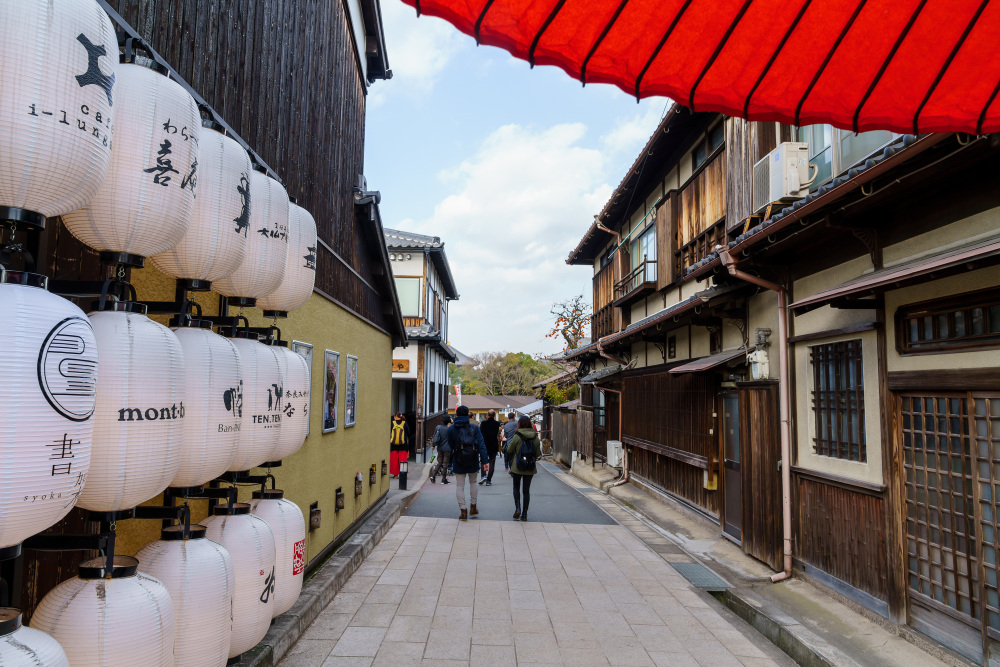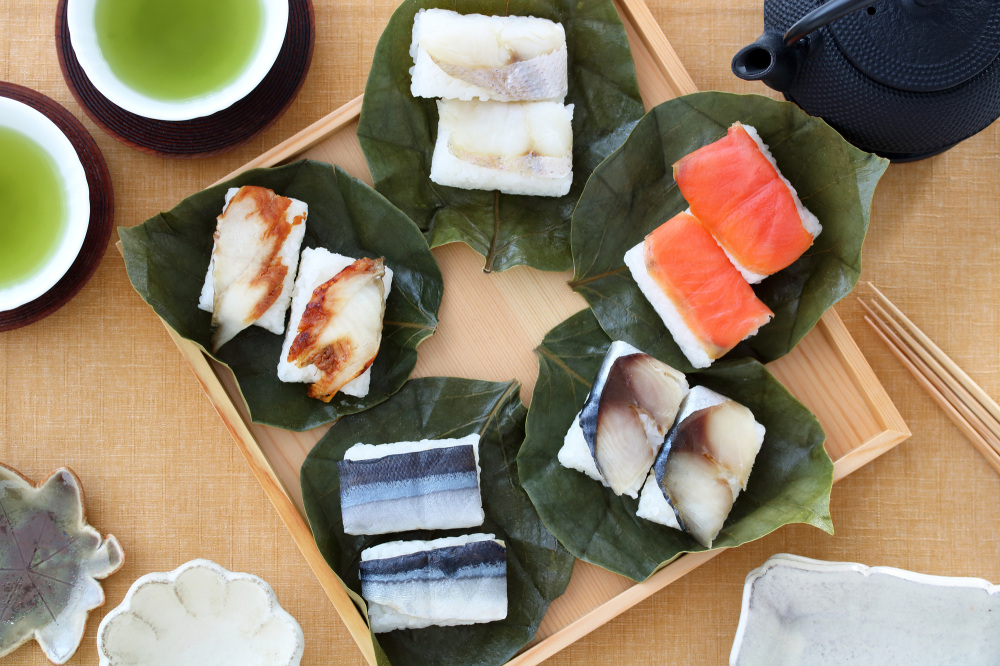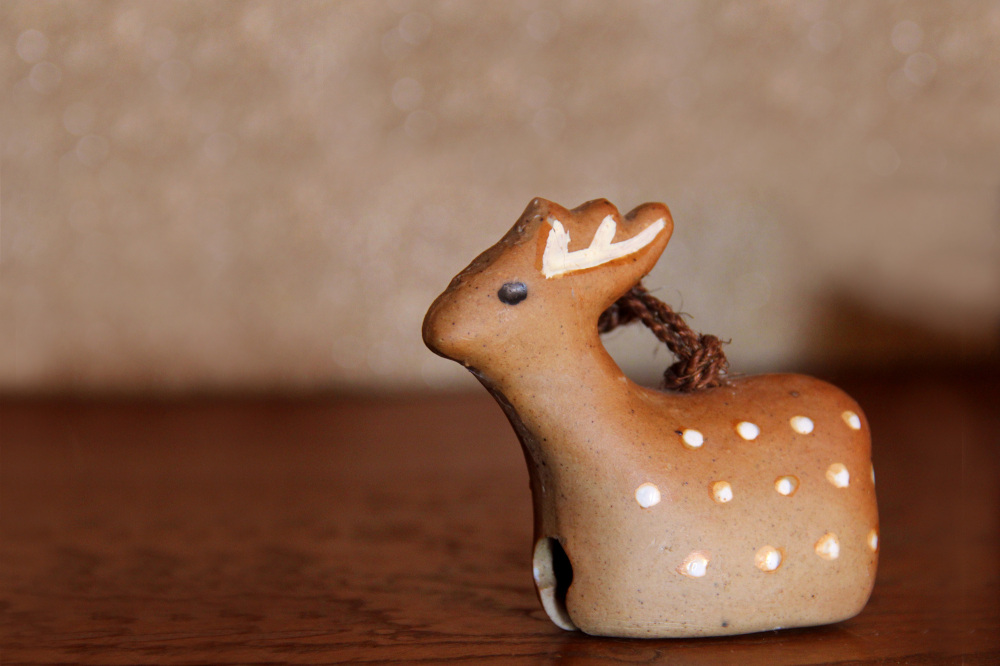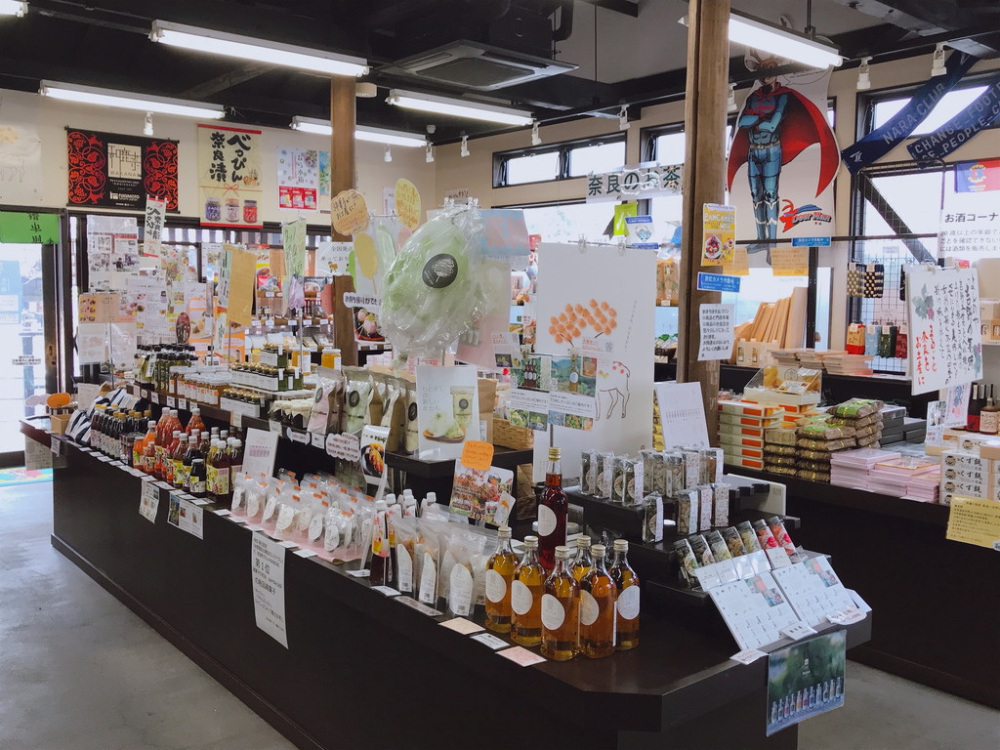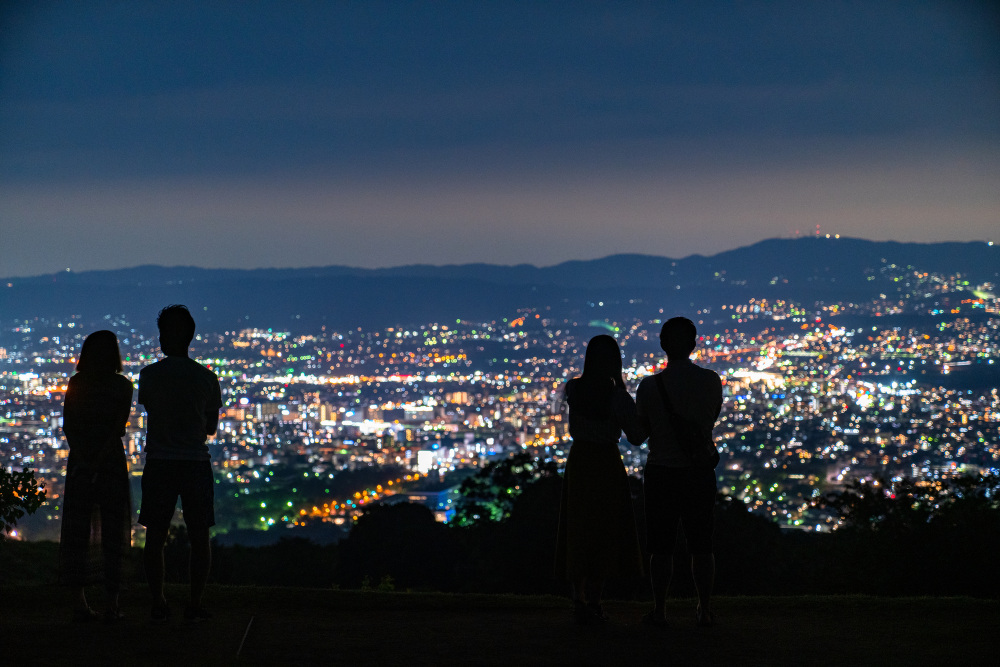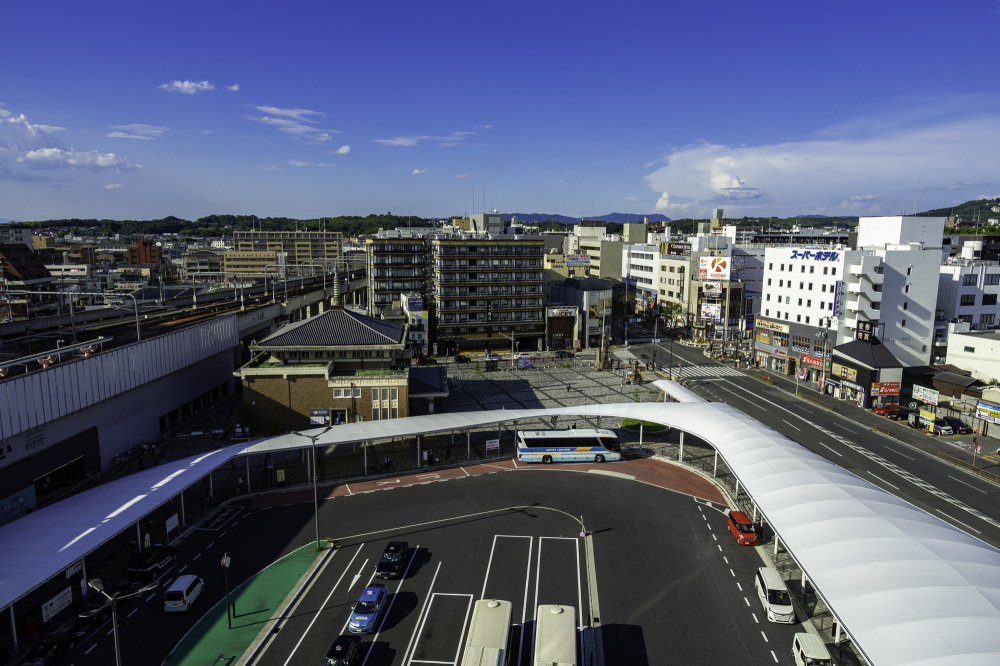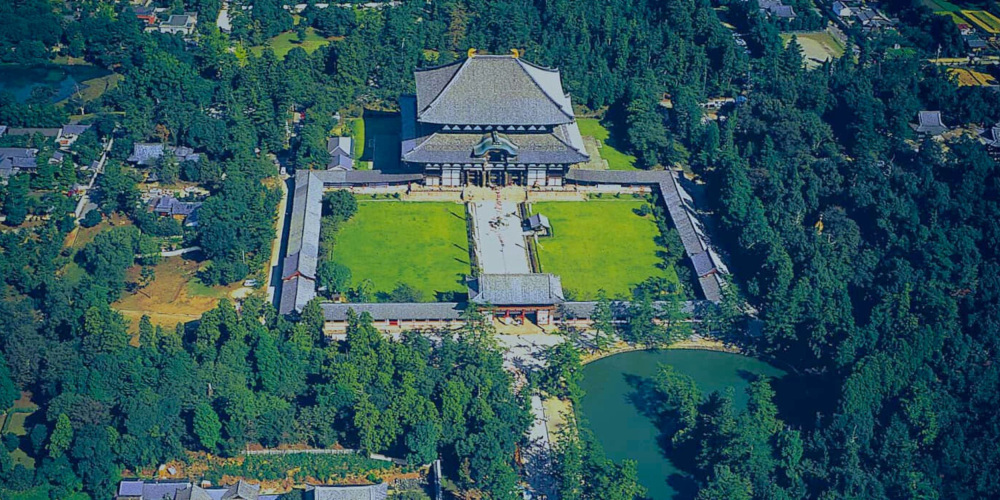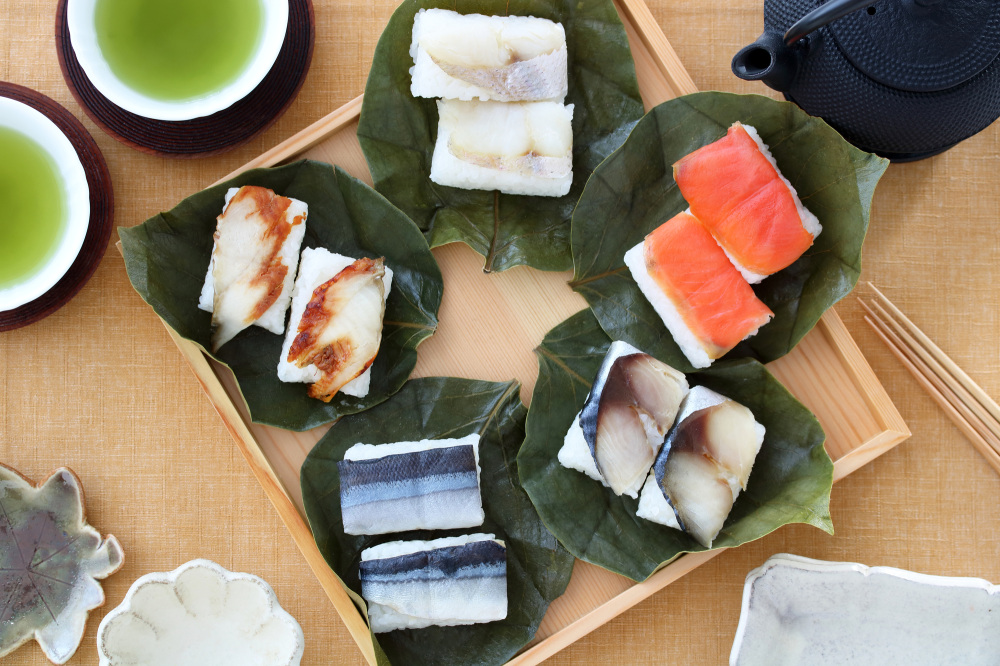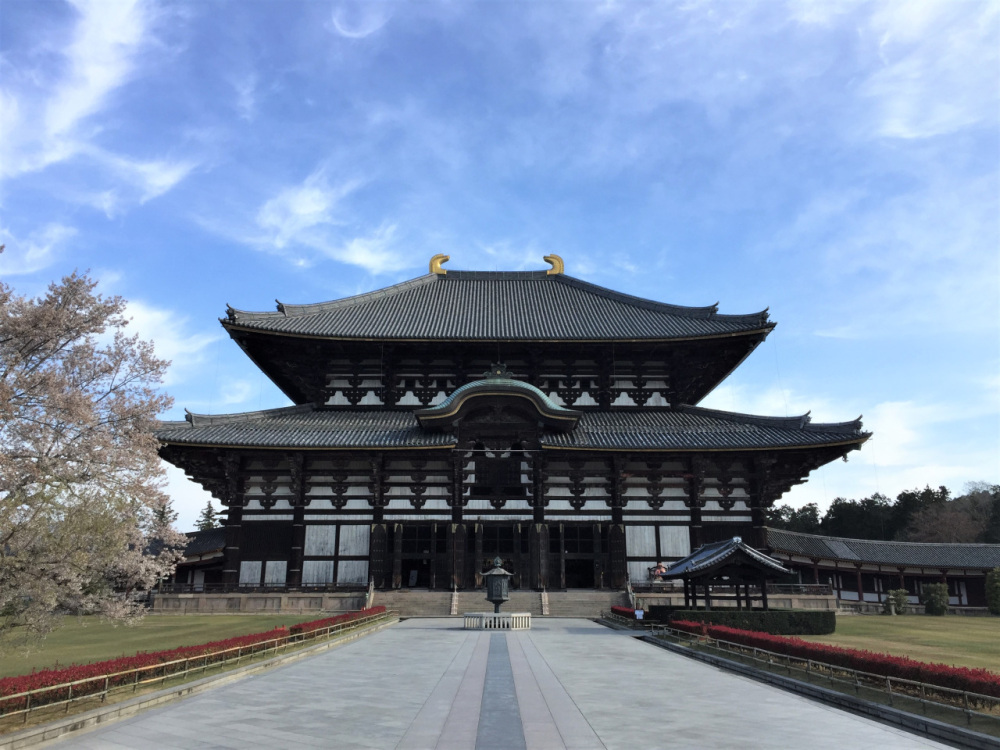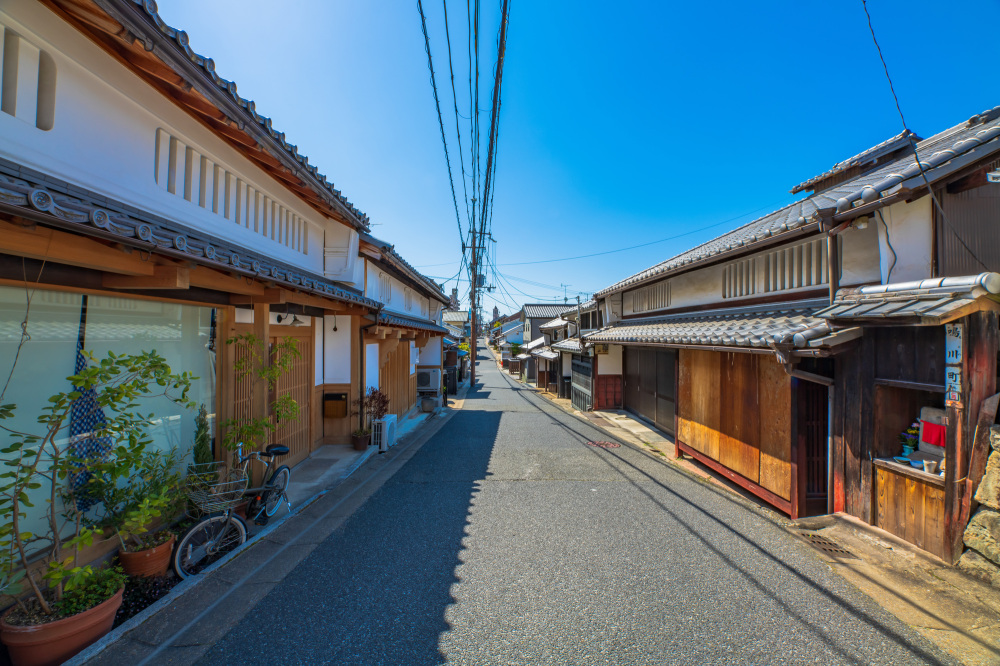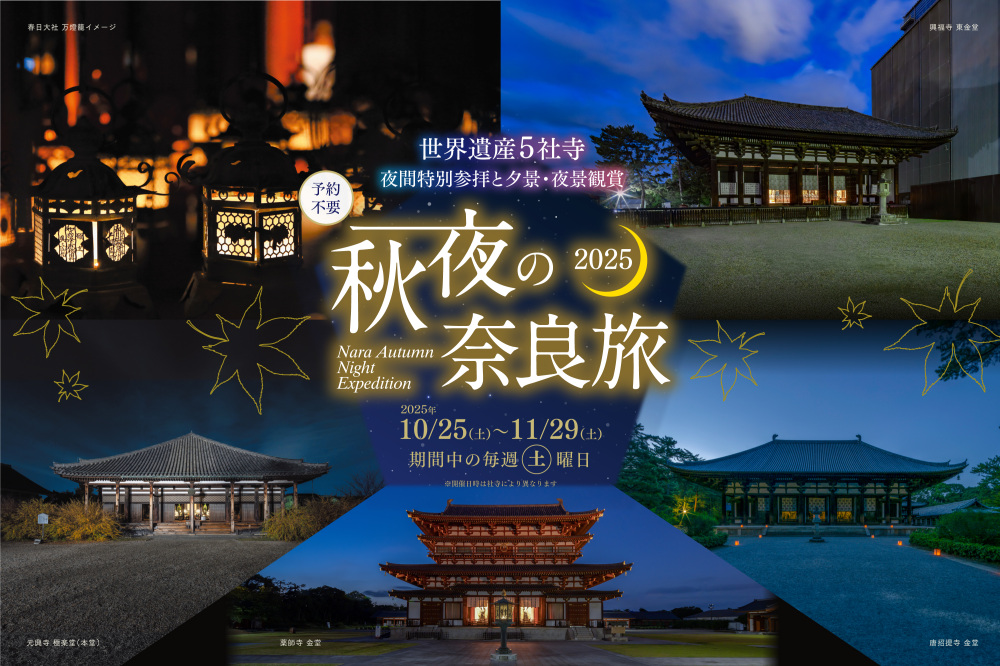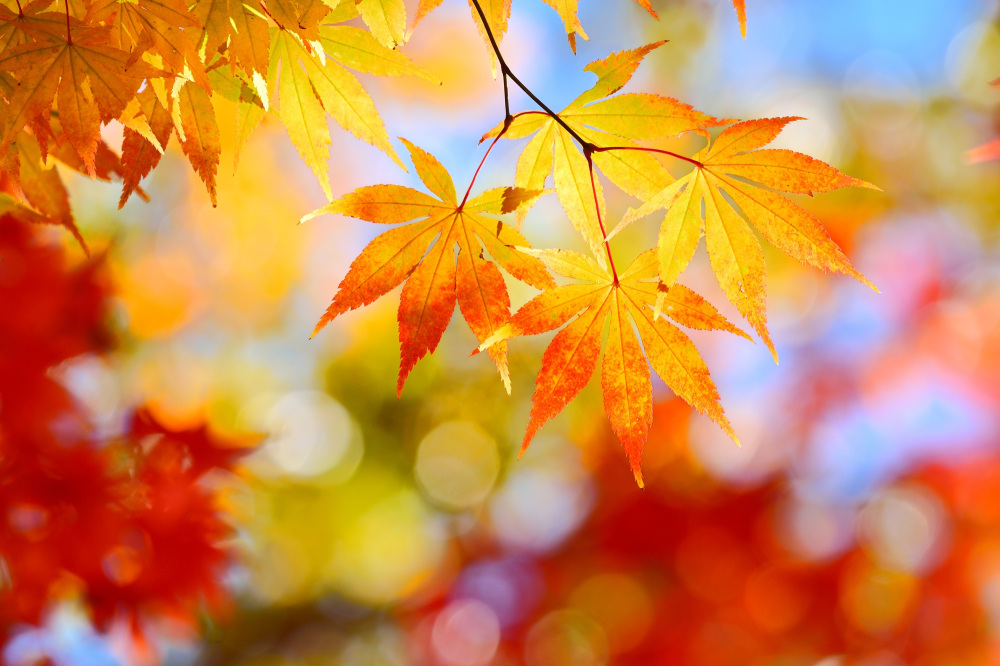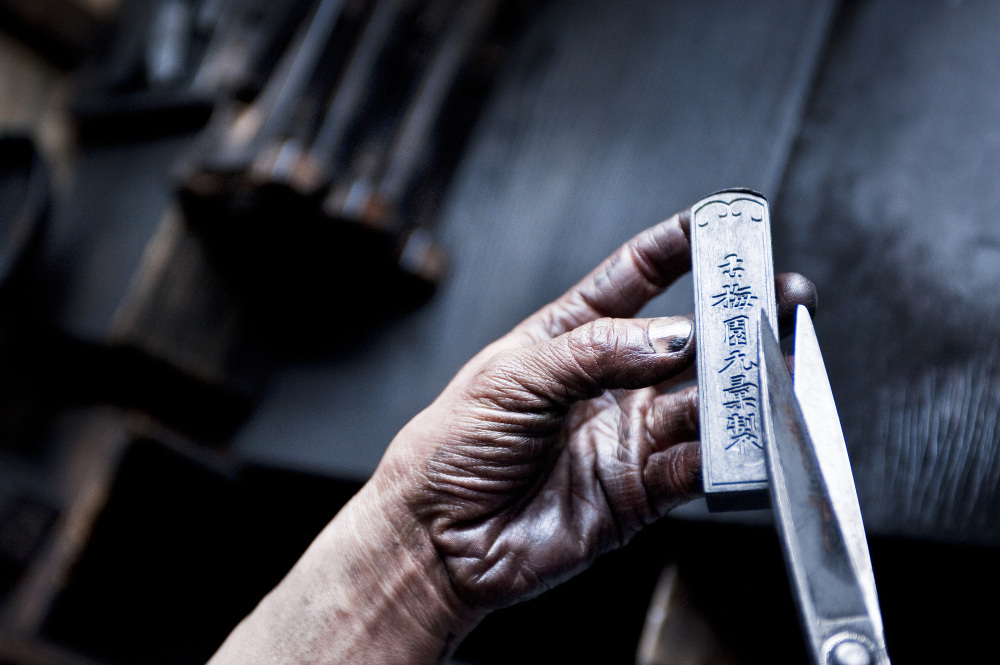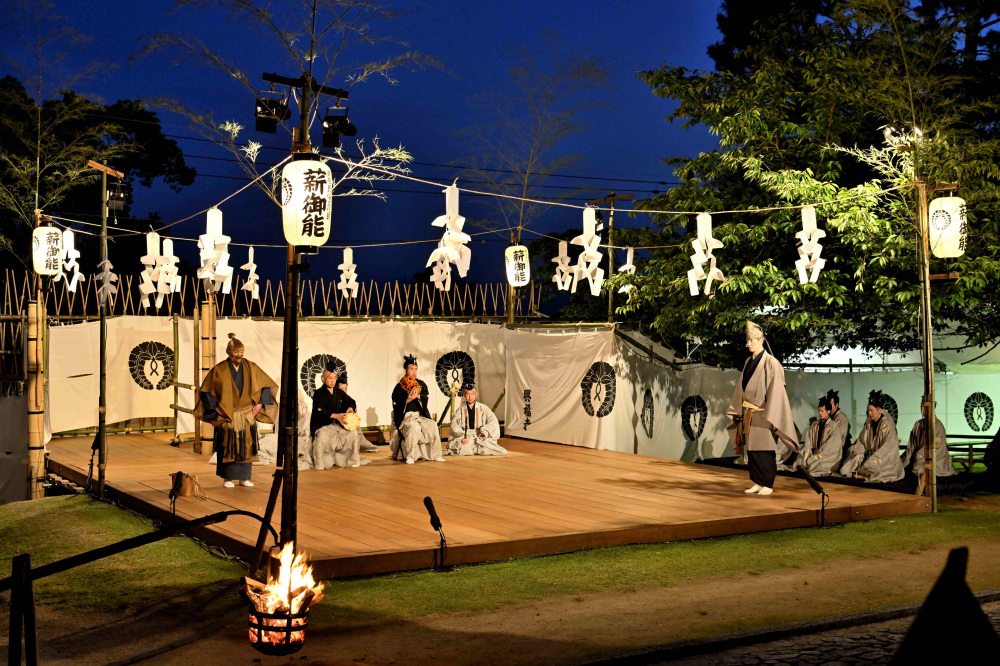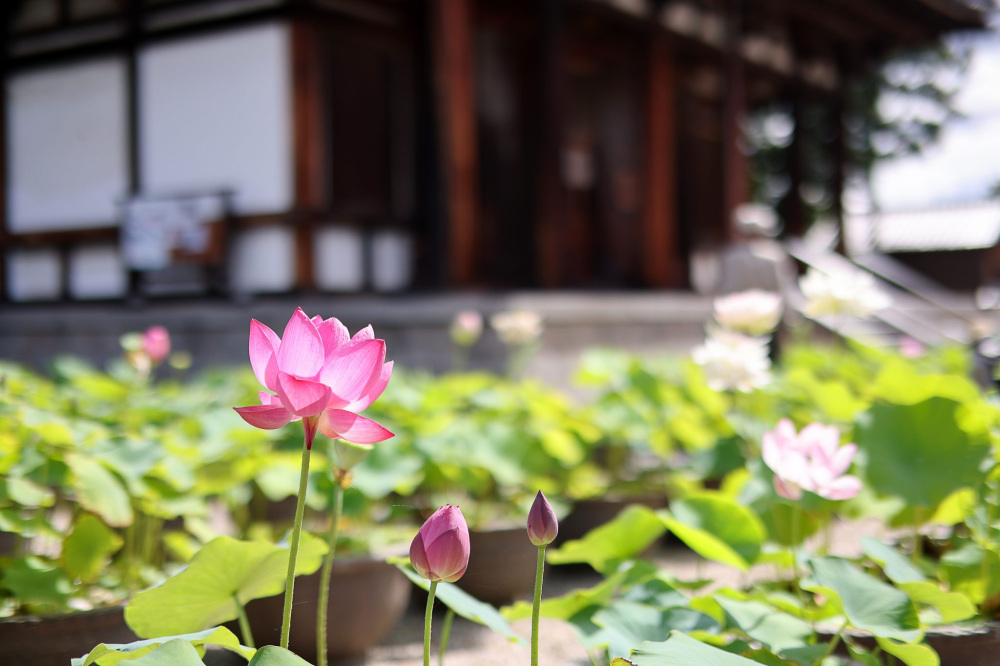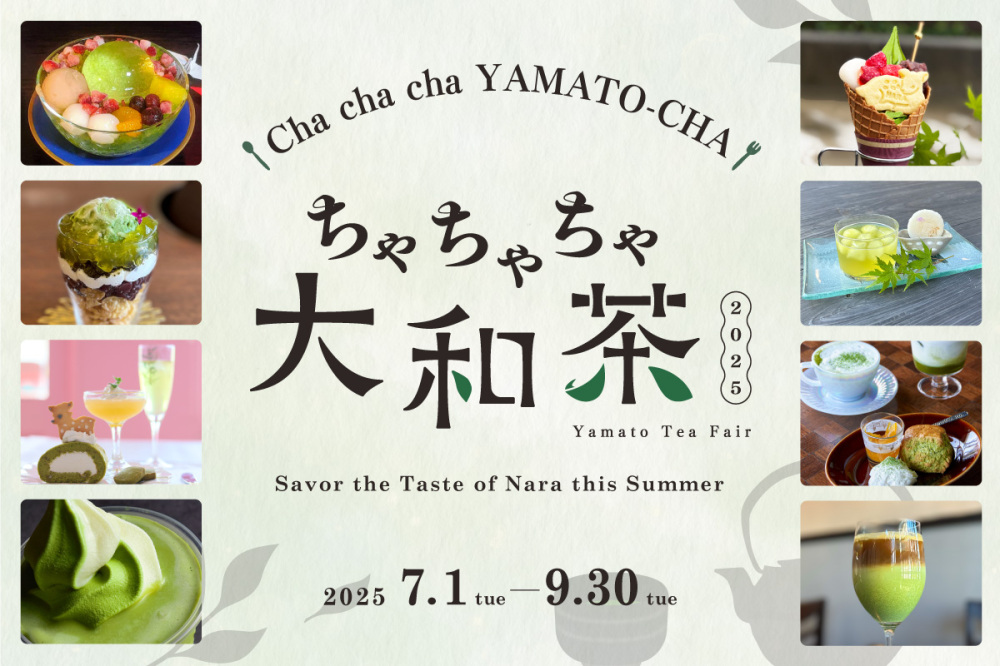Find out all about the attractions of Nara Park, from recommended ways to go around it, to the gourmet highlights and accommodations nearby.
Nara Park is a staple of sightseeing in Nara. The Great Buddha and the deer are the representative highlights, but there are many other attractions in the park that should not be overlooked. This article introduces in detail the recommended things to see and do in the park. We hope you will find it a useful reference for enjoying the historic city of Nara to the fullest.
INDEX
- What kind of place is Nara Park?
- Highlights of Nara Park
- A charming World Heritage Site in the ancient capital of Japan
- Famous spots with spectacular views, where culture and history come to life
- Soothing nature alongside stunning views
- Have fun with the deer
- Recommended routes
- Gift shops in the area, and where to eat
- Accommodation facilities nearby
- Basic information of Nara Park
- Summary
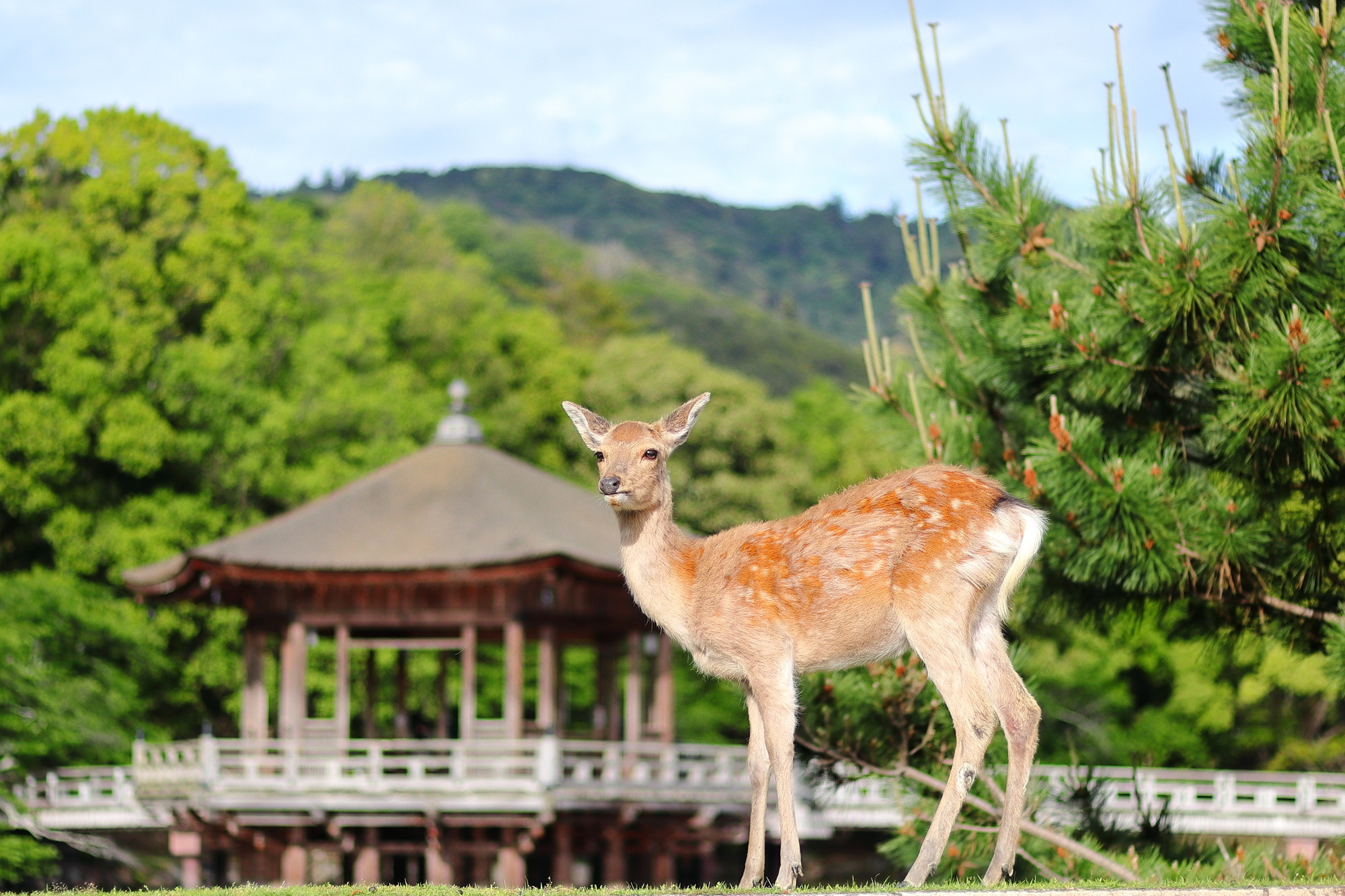
What kind of place is Nara Park?
Nara Park covers a vast area of 511.52 hectares in the heart of Nara. It is only 8 minutes from Kintetsu Nara Station and 20 minutes from JR Nara Station on foot (5 minutes by bus).
The park has several sections called "Enchi," each with its unique landscape. These include Noborioji-enchi Park near Kohfukuji Temple, Asajigahara-enchi Park around the Ukimido Pavillion, and Kasugano-enchi Park near Todaiji Temple's Nandaimon (Grand South Gate). Many deer roam in these areas and venues for various events and festivals.
Nara Park is dotted with World Heritage Sites such as Todaiji Temple, Kohfukuji Temple, and Kasugataisha Shrine, as well as many spots, including Nara National Museum, Ukimido Pavillion, and Tobihino. It is an especially renowned area for cherry blossom, taking its place among the "100 Best Spots for Cherry Blossom" in Japan.
Until the late 19th century, much of the present Nara Park was the vast former grounds of Kohfukuji Temple. Today what distinguishes this park is that the entrances or exits are no longer clearly delineated. So everyone can enter/exit freely from any point. This park, which combines historical structures with beautiful nature, can be described as a symbol of Nara, where visitors can lose track of time and enjoy a peaceful moment.
Highlights of Nara Park
Nara Park's greatest attraction is the perfect harmony between the history and the beautiful nature.
The park contains historical structures, including the Great Buddha of Todaiji Temple, Kohfukuji Temple, Kasugataisha Shrine, and others.
At the top of Mt. Wakakusa, you can enjoy a panoramic view. You can also fully enjoy the rich natural surroundings by hiking through Mt. Kasuga Primeval Forest.
The park is also famous for its approximately 1,300 deer. The locals have long cared for these natural monuments of Japan as divine envoys of the god of Kasugataisha Shrine. The deer roam freely within the park, and visitors may feed them deer biscuits (crackers).
However wild they are, care must be taken when interacting with them. We recommend reading the following article beforehand to learn proper etiquette and how to interact with them.
Nara Park seamlessly hosts various seasonal events. Visitors can enjoy the beautiful landscapes and events that mark each season—cherry blossoms in spring, Tokae (a festival of thousands of candles) in summer, autumn foliage, and Rurie (a blue light-up event) in winter, for example. Read on to find out more information on these events before visiting!
A charming World Heritage Site in the ancient capital of Japan
In December 1998, eight shrines and temples, historic sites, and natural monuments in the city of Nara were registered under the World Heritage site, Historic Monuments of Ancient Nara. Four of these are located near Nara Park.
- Todaiji Temple
- Todaiji Temple, known for its "Daibutsu-san," or Great Buddha, is a representative temple in Nara, with an imposing appearance of the largest wooden structure in the world.
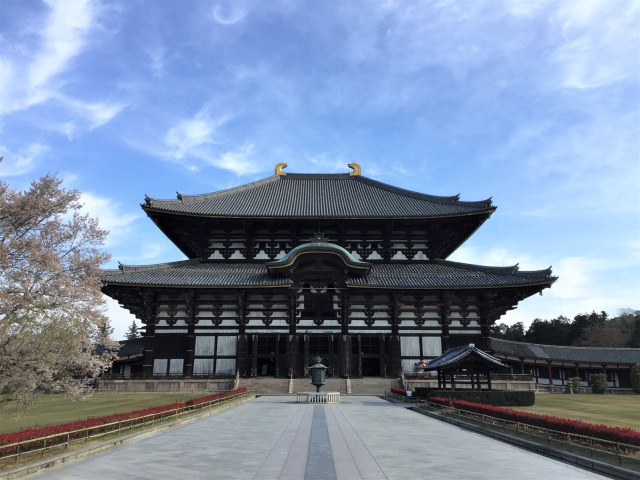
- See More
- Kohfukuji Temple
- The Kohfukuji Temple was one of the seven most prominent temples of the Nara era and a tutelary temple of the Fujiwara clan, the…
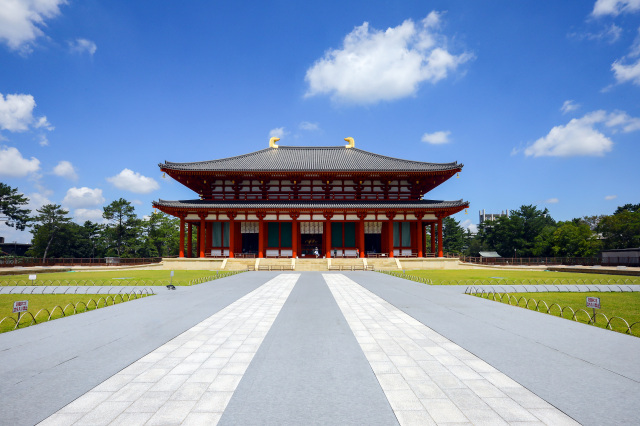
- See More
- Kasugataisha Shrine
- The Shrine lies in a primeval forest of cedars and a kind of Chinese black pines. The brilliant vermillon edifices are beautifully contrasted with their surrounding greenery.
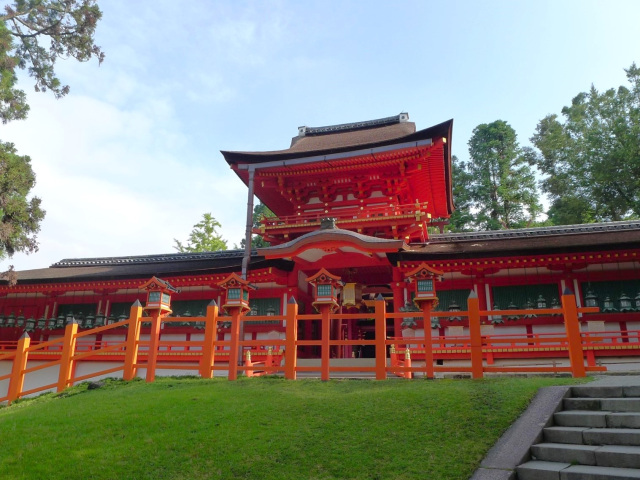
- See More
- Mount Kasuga Primeval Forest
- As the site of Kasugataisha Shrine, Mount Kasuga is a sacred mountain, and as such, the felling of trees from its forests has be…
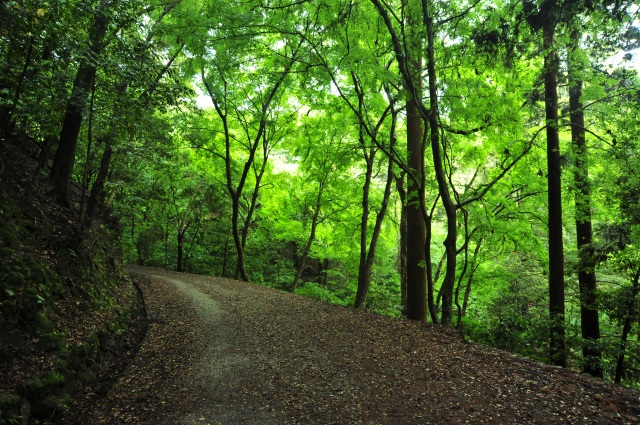
- See More
Famous spots with spectacular views, where culture and history come to life
Nara Park has many scenic sites in addition to the World Heritage Sites. Highly recommended are the Sarusawaike Pond near Kohfukuji Temple and the beautiful Ukimido (a gazebo) on the Sagiike Pond, where you can admire the seasonal scenery.
Cherry blossoms and autumn foliage are also perfect highlights for taking photos.
The Nara National Museum, Isuien Garden, and Neiraku Museum of Art are also popular spots. Many people especially enjoy the Annual Shōsō-in Exhibition (a yearly exhibition of Emperor Shomu's belongings) at the Nara National Museum.
At Isuien Garden, you can enjoy the tranquility of the Japanese-style garden while appreciating ancient Oriental art at the Neiraku Museum of Art. It is ideal for visiting on rainy days.
- Ukimido Gazebo
- The Ukimido Gazebo is a hexagonal gazebo with thatched cypress roofing floating over Nara Park's Sagi-ike Pond. Its geometri…
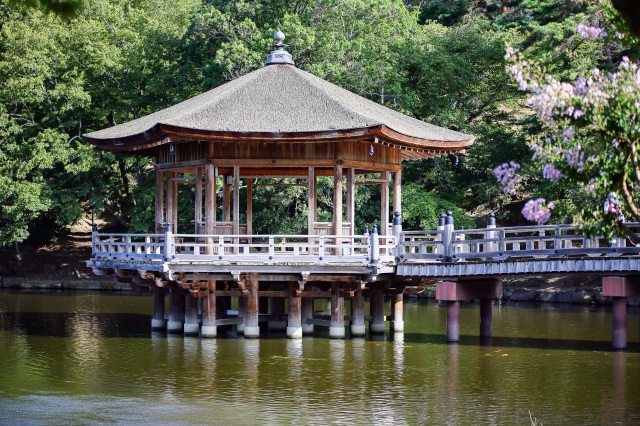
- See More
- Nara National Museum
- Many masterpieces of Buddhist art, including Buddhist sculptures and paintings, are on display, and the Nara Buddhist Temple has…
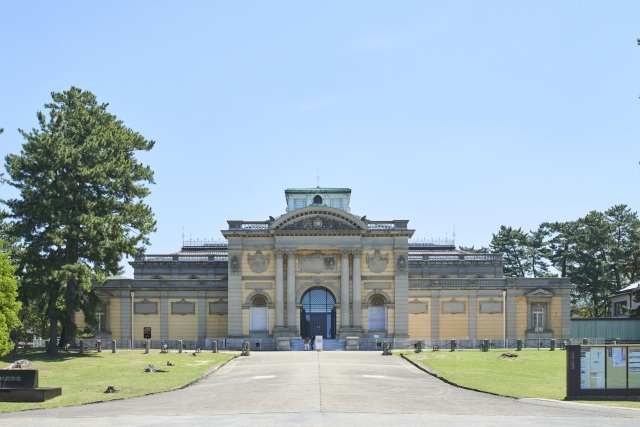
- See More
- Isui-en Garden/Neiraku Museum
- Isui-en Garden was originally constructed by a Nara tanner, who lived within the garden grounds. The garden was designated as go…
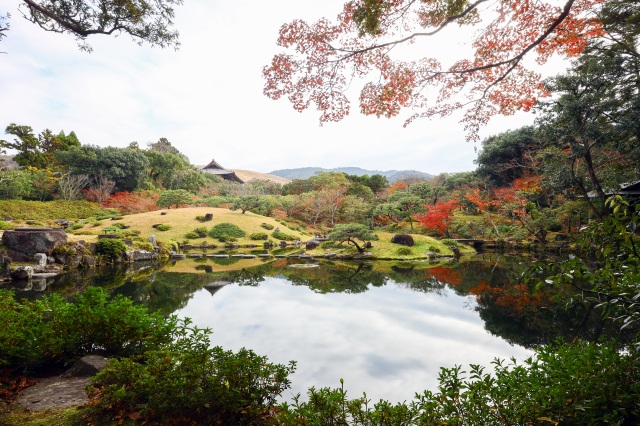
- See More
- Sarusawa-ike Pond
- Sarusawa-ike Pond is a pond with a circumference of 360 meters situated in Nara Park in Nara City, Nara Prefecture. The stunning…
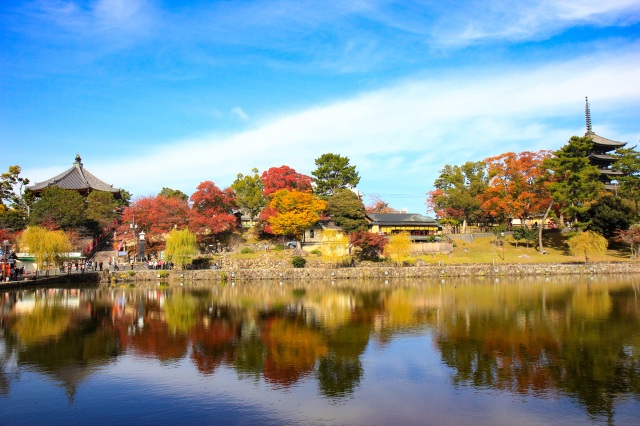
- See More
- Tobihino
- Tobihino, located on the grounds of Kasugataisha Shrine, is a vast grassy area facing the main sando (approach) to the shrine. I…
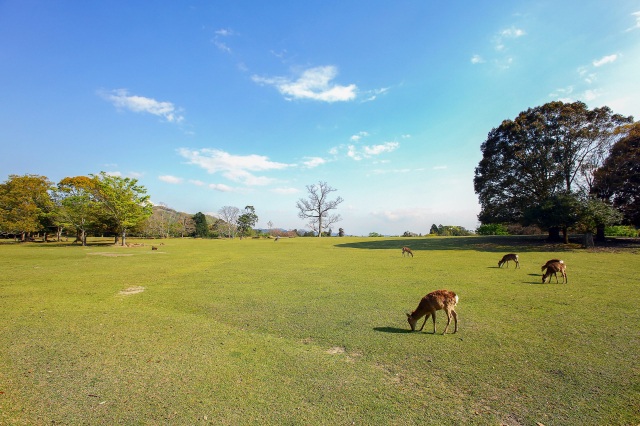
- See More
Soothing nature alongside stunning views
Nara Park is blessed with a rich nature. Particular highlights are Mt. Kasuga Primeval Forest and Mt. Wakakusa. Mt. Kasuga Primeval Forest is a sacred area of the Kasugataisha Shrine. Tree felling has been prohibited for over 1,000 years. The preserved ancient woodland is rarely located near an urban area and is registered as a World Heritage Site.
Mt. Wakakusa is well known for Yamayaki (mountain burning) in January. Walking up to the summit takes about 30-40 minutes, but you can also drive up (fees apply). The spectacular sunset and night views from there are impressive and selected as one of "New Japan's Three Most Spectacular Night Views." There is also a well-maintained footpath, ideal for hiking. That will sooth your soul.
Have fun with the deer
For many people, deer is the first thing that comes to mind when they think of Nara. Nara Park is home to about 1,300 wild deer, treasured as divine envoys of Kasugataisha Shrine's god. Their friendly nature brings a smile to visitors' faces. Deer biscuits are sold in the park, and the deer are drawn to visitors holding them. On rainy days, you can see the deer taking shelter from the rain. Nara is the only place visitors can interact with deer this way. However, accidents, over-feeding, accidental or intentional ingestions have increasingly become problematic. It is important to follow the rules, such as not feeding the deer anything other than deer biscuits, not littering in the park, and not approaching the male deer during the breeding season. Please be considerate of the deer while enjoying your time in the park.
Recommended routes
To fully enjoy Nara Park's vast expanse, it is advisable to set aside at least half a day. There are World Heritage Sites, and deer roam freely, so time will fly while admiring the scenery. We recommend staying overnight to take in the sights in the early morning, as it is relatively quiet. You can reference the following sample route and prepare a plan tailored to your specific purposes and available time.
●Walking route and estimated time required (from JR Nara Station)
[World Heritage Sites]
Kohfukuji Temple - about 30 minutes - Kasugataisha Shrine - about 20 minutes - Todaiji Temple
[Nature]
Kasugataisha Shrine - about 20 minutes - Mt. Kasuga Primeval Forest - about 30 minutes - Mt. Wakakusa - about 40 minutes - Todaiji Temple
[Culture and scenic spots]
Kohfukuji Temple - about 10 minutes - Isuien Garden and Museum of Art - about 10 minutes - Nara National Museum - about 10 minutes - Ukimido - about 20 minutes - Kasugataisha Shrine
*The estimated time required does not include sightseeing time.
Gift shops in the area, and where to eat
After enjoying history and nature, we recommend lunch at a chaya (a traditional restaurant serving tea and light meals). Here, you can enjoy Nara's delicious cuisine and sweets, such as cha-gayu (rice porridge stewed with tea), Yoshino kudzu (a traditional sweet made from the starch of a legume), and Kakinoha sushi (pressed sushi wrapped in persimmon leaves). Yumekaze Hiroba is the highly recommended spot, a plaza with 11 stores selling Nara's specialty.
Only five minutes from Todaiji Temple. Recharge your tired body with delicious food after a long walk.
Daibutsu Purin - the perfect gift
Mahoroba Daibutsu Purin (literally "Great Buddha Pudding") is a popular sweet of Yumekaze Hiroba characterized by its adorable lid design. It is handmade carefully with minimal additives, and its various flavors draw on Nara's local specialties, such as classic custard, Yamato tea (a specialty tea of Nara), and local sake. These subtly flavored puddings make a perfect treat for yourself or as a gift. Would you be sure to give it a try?

Accommodation facilities nearby
To fully enjoy Nara Park, we recommend staying overnight. A wide range of accommodations are available in the area, including luxury hotels, traditional ryokan (Japanese-style inns), convenient business hotels, and reasonably priced guesthouses, offering various options to suit your travel needs.
Basic information of Nara Park
●Access
On foot: 20 minutes from JR Nara Station, 8 minutes from Kintetsu-Nara Station
By bus: 10 minutes from JR Nara Station (East Exit No. 2 bus stop)
●Opening hours
The park is open 24 hours a day, every day of the year. *Opening hours of facilities and historical sites vary.
Summary
What do you think?
Nara Park is a wonderful place to enjoy historical heritage, a rich natural environment, and adorable deer. Since we cannot include many more attractions in this feature article, you should visit Nara Park to discover them yourself.
